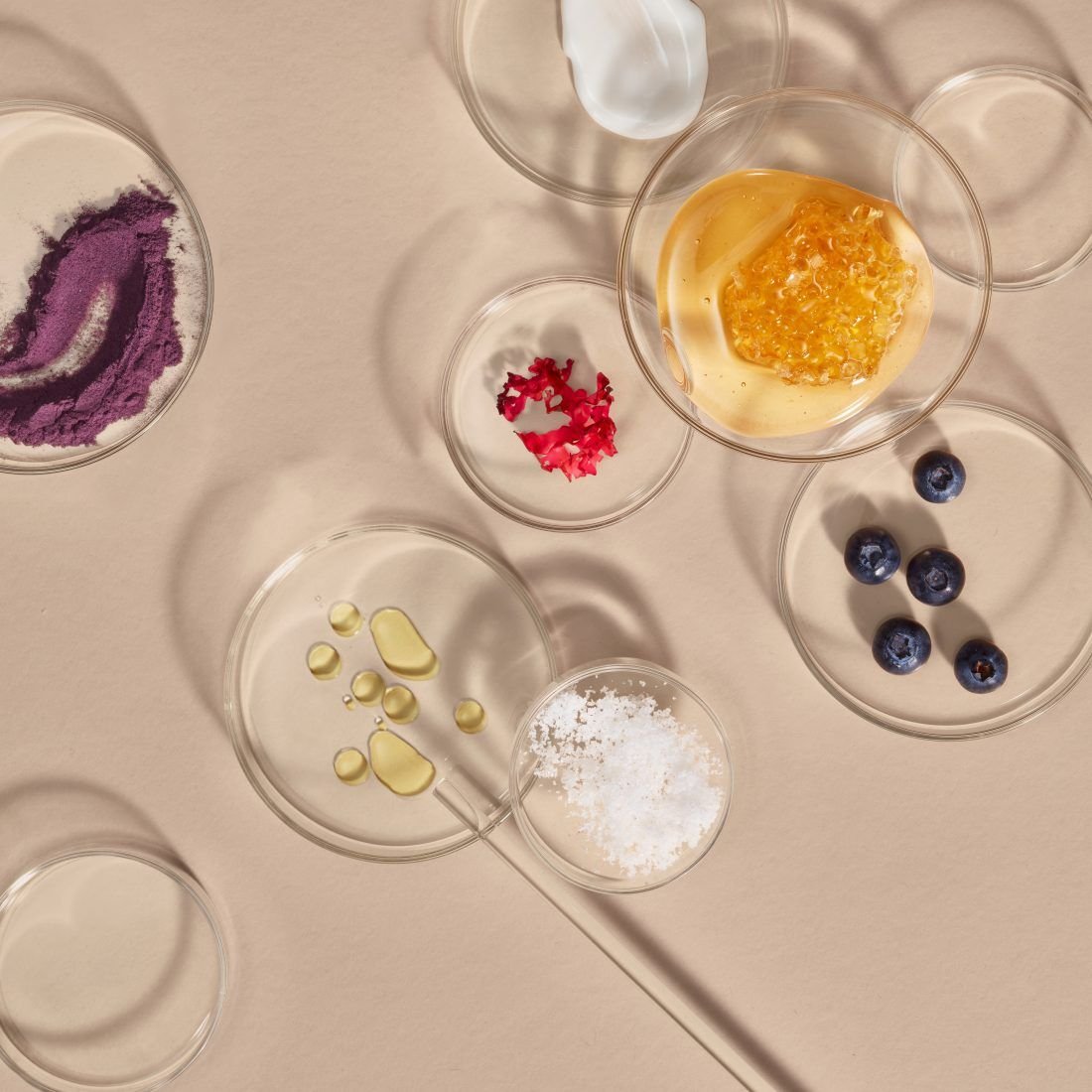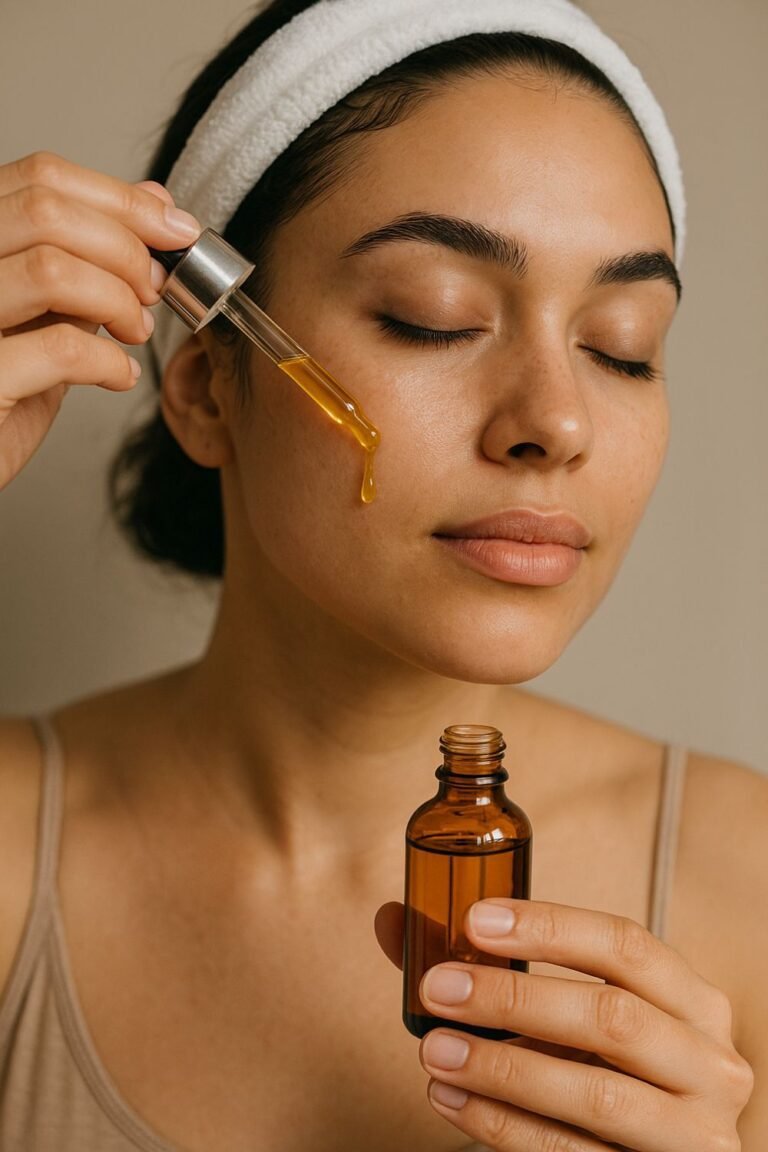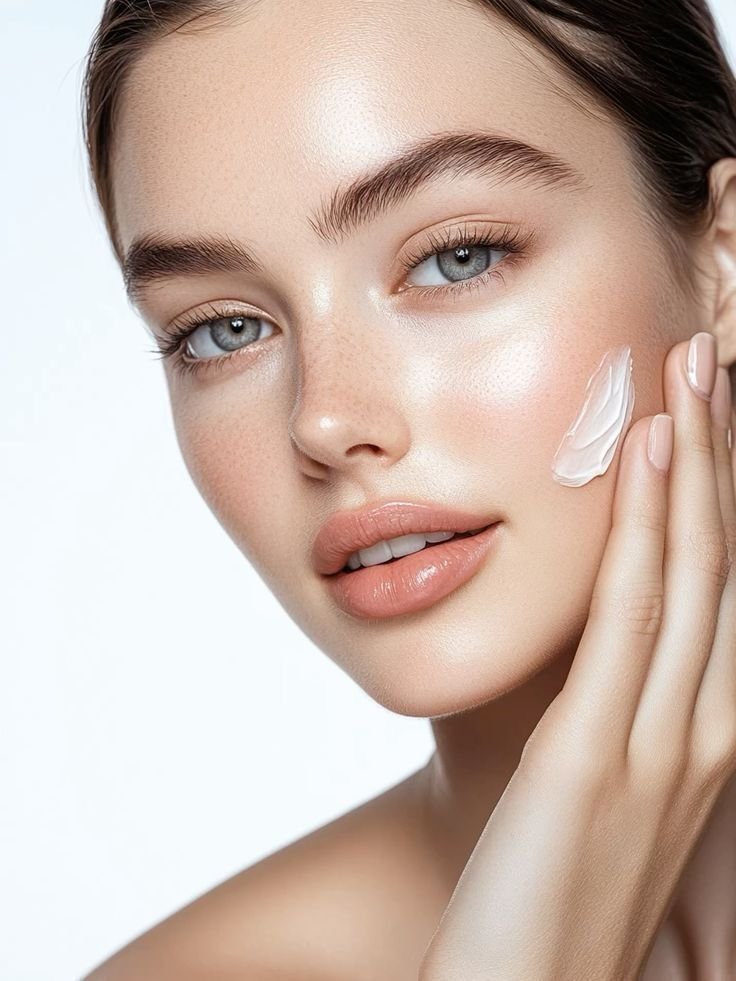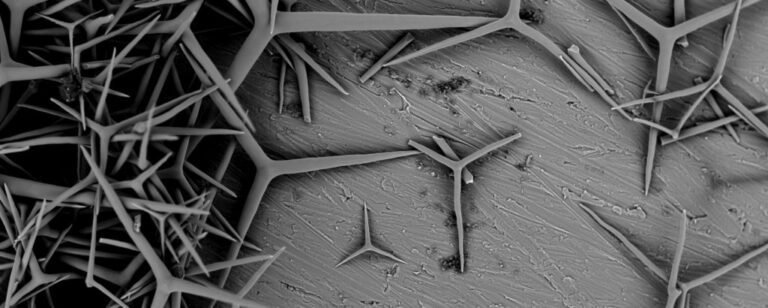The cosmetic industry is experiencing a renewed interest in plant-based actives. Among the most sought-after sources are Mediterranean vegetal extracts, which combine centuries of traditional use with cutting-edge extraction technologies. In fact, chemists and formulators now search for these extracts because they deliver antioxidant, anti-inflammatory, and barrier-strengthening benefits. This article explains why Mediterranean botanicals trend so strongly, how their science works, and how to integrate them into modern formulations.
The Mediterranean Advantage
The Mediterranean basin offers one of the richest biodiversities in the world. Its plants grow under high sun radiation, salty winds, and fluctuating temperatures. Consequently, these botanicals produce secondary metabolites—polyphenols, flavonoids, and terpenes—that protect them against oxidative and environmental stress. For cosmetic chemists, these compounds represent valuable actives for skin health.
Moreover, recent trend reports highlight growing search volumes for olive leaf, chamomile, calendula, rosemary, and sage. In other words, these plants embody the Mediterranean approach: resilience, natural defense systems, and bioactive richness. As a result, formulators actively look for them in modern databases and ingredient catalogs.
Technology Matters: Cold Drying and Naviglio Extraction
Traditional extraction methods often degrade sensitive actives like polyphenols. In contrast, modern technologies retain the integrity of plant compounds. One notable approach is cold drying, which prevents thermal degradation immediately after harvest. Additionally, Naviglio extraction—a solid-liquid dynamic process at room or sub-room temperature—preserves delicate molecules while producing high-yield extracts.
Because of these technologies, formulators receive extracts that remain stable, potent, and reliable in finished products. For example, when cosmetic scientists search online for “cold extraction plant actives” or “stability of hydroglycerin extracts,” they seek precisely this advantage. In conclusion, technology now allows Mediterranean plants to express their full cosmetic potential.
Key Mediterranean Extracts Chemists Search For
Olive Leaf Extract (Olea europaea)
Olive-derived actives stand as a cornerstone in Mediterranean cosmetic science. Olive leaf contains oleuropein and hydroxytyrosol, compounds with strong antioxidant and antimicrobial properties. Because of this, chemists value olive leaf extract for supporting barrier integrity and reducing oxidative stress in anti-aging formulations. Furthermore, olive leaf extract aligns perfectly with clean-label and natural formulation trends.
Chamomile Extract (Matricaria chamomilla)
Chamomile consistently ranks among the most searched botanicals in cosmetic R&D. Its bisabolol and apigenin deliver soothing and anti-inflammatory effects. Therefore, formulators often choose chamomile for sensitive-skin products. In addition, in hydroglycerin form, chamomile extract incorporates smoothly into toners, serums, and gels. As a result, searches for “chamomile soothing toner” or “chamomile extract serum” continue to climb globally.
Calendula Extract (Calendula officinalis)
Calendula remains renowned for wound-healing and skin-regenerative properties. It contains triterpenoids, carotenoids, and flavonoids that attract formulators who want to design microbiome-friendly soothing products. Notably, Google trend data shows increased interest in “calendula skin barrier” and “natural anti-inflammatory extracts.” In fact, calendula now appears in a wide range of barrier creams and after-sun lotions. Consequently, formulators keep exploring new uses for this versatile flower.
Rosemary Extract (Rosmarinus officinalis)
Rosemary extract delivers rosmarinic acid and carnosic acid, two powerful antioxidants. Beyond skincare, formulators apply rosemary in hair products to stimulate circulation and support scalp vitality. Furthermore, chemists search for rosemary extract in connection with “natural preservation,” since it provides antimicrobial support. On the other hand, rosemary also helps extend shelf life naturally without synthetic stabilizers. As a result, rosemary is not just a botanical—it is also a functional active that reduces dependency on synthetic additives.
Sage Extract (Salvia officinalis)
Sage, another Mediterranean staple, contains ursolic acid and flavonoids that enhance antioxidant and anti-aging activity. In practice, formulators use sage extract to regulate sebum, support skin tone, and improve firmness. Consequently, searches increasingly reveal interest in sage for balancing and mattifying effects in oily-skin care. In summary, sage has become a go-to extract for multifunctional formulations.
Why Chemists Search for Vegetal Extracts
Based on trend analysis and market reports, cosmetic chemists typically explore vegetal extracts in these categories:
- Skin concerns: anti-aging, barrier repair, soothing, and brightening
- Formulation type: hydroglycerins, glycolic glycerins, or encapsulated extracts
- Regulatory compliance: INCI name, safety dossier, and allergen profile
- Scientific backing: antioxidant assays and in vitro anti-inflammatory data
- Sustainability: organic sourcing and eco-friendly extraction
Therefore, searches combine both performance expectations and compliance needs. As a result, by aligning with these motivations, formulators can meet consumer demand while satisfying regulatory requirements. In conclusion, Mediterranean vegetal extracts occupy the sweet spot where science, regulation, and consumer desire intersect.
Applications in Formulations
Mediterranean vegetal extracts work across multiple product categories. For example:
- Anti-aging serums enriched with olive leaf and sage
- Soothing toners featuring chamomile hydroglycerin
- Barrier creams strengthened with calendula extract
- Hair tonics boosted by rosemary for scalp circulation
- Clean-label natural cosmetics showcasing Mediterranean sourcing
Each application highlights how these extracts move from field to formula. In addition, each demonstrates why chemists continue to search them actively. Moreover, formulators can adapt these ingredients to multiple formats, from minimalist water-based serums to rich emulsions. Consequently, Mediterranean vegetal extracts prove both versatile and future-proof.
Consumer Benefits Driving Searches
Consumers increasingly request “natural,” “Mediterranean,” and “botanical” on product labels. As a result, formulators search for vegetal extracts that can support clean beauty claims. Benefits most often linked to Mediterranean botanicals include:
- Strong antioxidant protection against oxidative stress
- Reliable anti-inflammatory and soothing activity
- Barrier strengthening combined with hydration support
- Visible anti-aging effects, firmness, and wrinkle reduction
- Support for scalp and hair vitality
In conclusion, consumer expectations and scientific evidence align, making Mediterranean vegetal extracts attractive to chemists and formulators alike. Additionally, because clean beauty continues to expand, these extracts will only gain more visibility.
Explore Natural Alternatives in Your Formulations
Mediterranean vegetal extracts deliver tradition supported by modern science. Since technologies preserve sensitive actives, formulators gain access to stable, high-quality raw materials that can elevate products in a competitive market. Therefore, integrating Mediterranean botanicals now ensures both innovation and consumer trust.
To explore Mediterranean vegetal extracts for your own formulations, visit our Active Ingredients or Request a Sample today.
What are Mediterranean vegetal extracts used for in cosmetics?
They are used for anti-aging, antioxidant protection, soothing sensitive skin, strengthening the barrier, and supporting scalp and hair vitality.
Why are Mediterranean plants rich in cosmetic actives?
Because they grow under strong sun, salty winds, and temperature stress, Mediterranean plants develop high levels of polyphenols and flavonoids, which act as natural protectors and valuable cosmetic actives.
Which Mediterranean botanicals are most popular in cosmetic formulations?
Olive leaf, chamomile, calendula, rosemary, and sage are among the most popular botanicals, often searched by chemists for anti-aging, soothing, and antioxidant benefits.







